Lesson Overview: In this lesson, students will learn that sound travels to our ears by way of vibrations. Concepts will be solidified through a demonstration of what vibration is as well as through multiple examples. Students will have the opportunity to identify objects that make sound vibrations.
Recommended Grade Level(s): Pre-Kindergarten, Kindergarten, First, Second
Objective(s): Students will be able to...
- State that the ear enables us to hear sounds.
- State that sounds are made by vibrations.
- Name 2-3 items that produce sound.
Materials:
- 1 long, wooden yardstick
- 1 table
- several pictures of (or real) instruments
- Good Vibrations Worksheet--Color (1 copy)
- Good Vibrations Worksheet--Black and White (1 per child)
- 1 copy of Instrument Images
Anticipatory Set:
Begin the lesson by stating the objective. Ask students if they have ever thought about how we are able to hear all the different sounds in our environment. Ask students to think about when a teacher claps to get the attention of the class, the whistle is blown on the playground, or how the voice of a friend is recognized--how do we know where the sound is coming from? Students should recognize that it is our sense of hearing that enables us to recognize things in our environment.
Guided Practice:
With a wooden yardstick flat on a table with at least half of it extending beyond the edge, hold the stick firmly with one hand. Using the other hand, bend the other end down as far as it will go without breaking it and let it go. Ask students what they see. Repeat the exercise. Explain to the students that the shaking of the yardstick is called a vibration and all sounds are some kind of vibration. Next, have students place their hands on their throats. Sing a song such as "Happy Birthday" or "Row, Row, Row Your Boat" so that children can feel the vibration. Tell students that when we make sounds, it is the vocal cords in our throats vibrating. Further, explain that sound vibration travels to our ears at a very fast rate and is something we don't see, but we hear. Show students the picture of the guitar. Ask students how they would make the guitar vibrate/make a sound. Use other examples found in the Instrument Images provided. Discuss how those items make a sound. Next, show the color version of the "Good Vibrations" worksheet. Discuss the items in the picture and how they make sound/vibrate.
Independent Practice:
Monitor students as they complete the "Good Vibrations" worksheet (black and white version). Students should color the items in the picture that make a sound. As an added challenge, have students draw or list items on the back of the worksheet that are found around the classroom that make sound.
Closure:
Gather students together. Have them share their answers from the worksheet. Talk about the items in the worksheet-can the vibration be seen, heard, or both?
Assessment:
Students will be assessed according to their ability to...
- State that the ear enables us to hear sounds.
- State that sounds are made by vibrations.
- Name 2-3 items that produce sound.

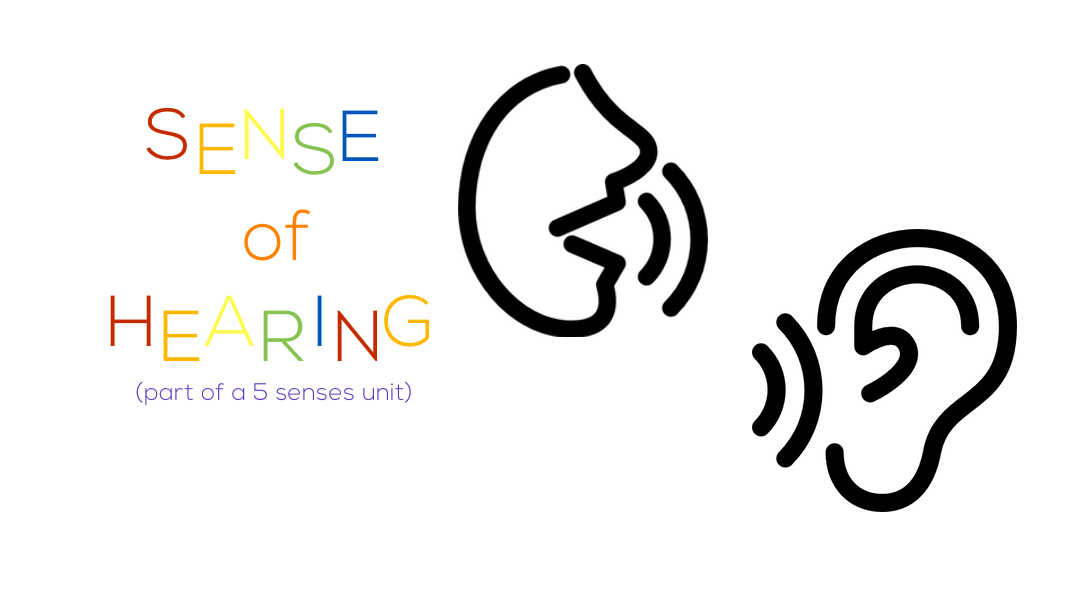




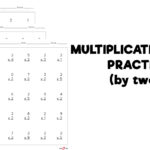
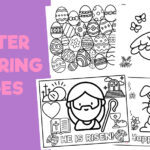
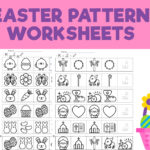

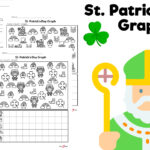





Recent Comments